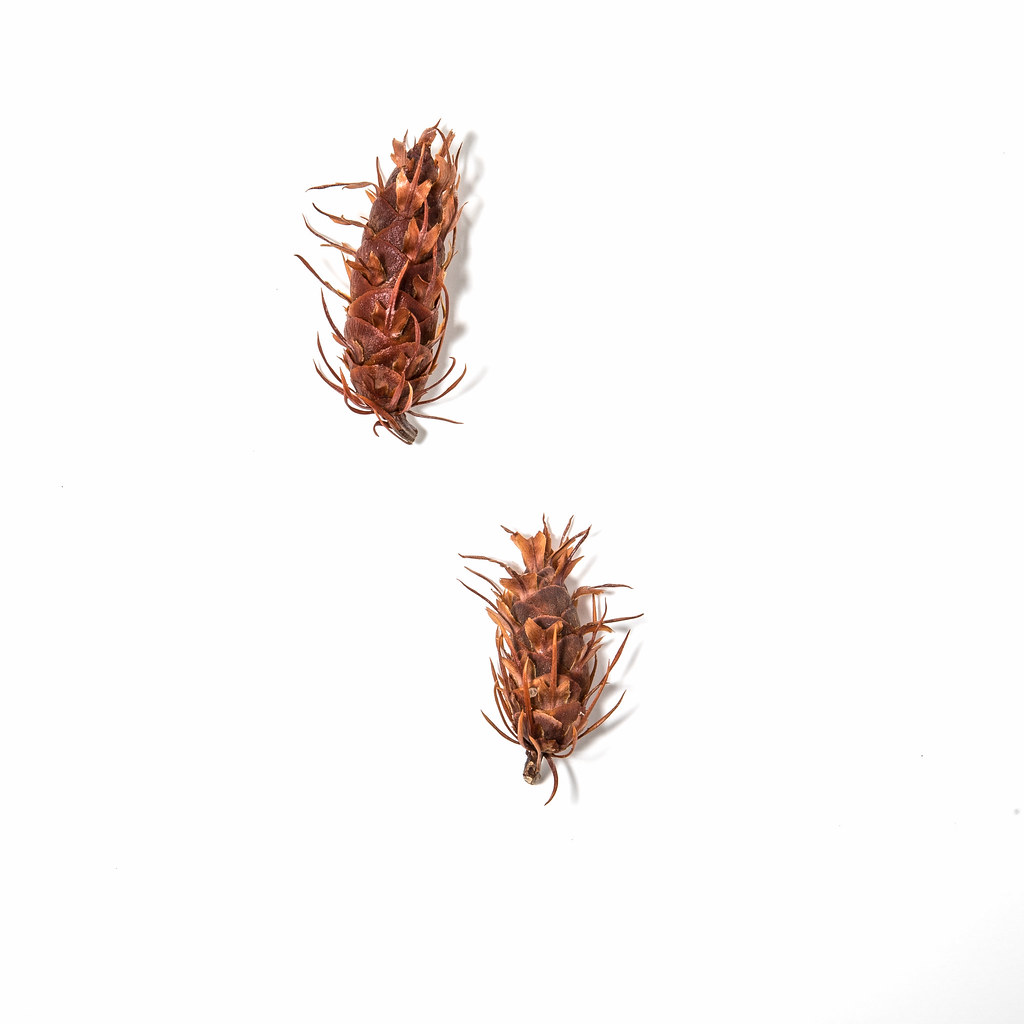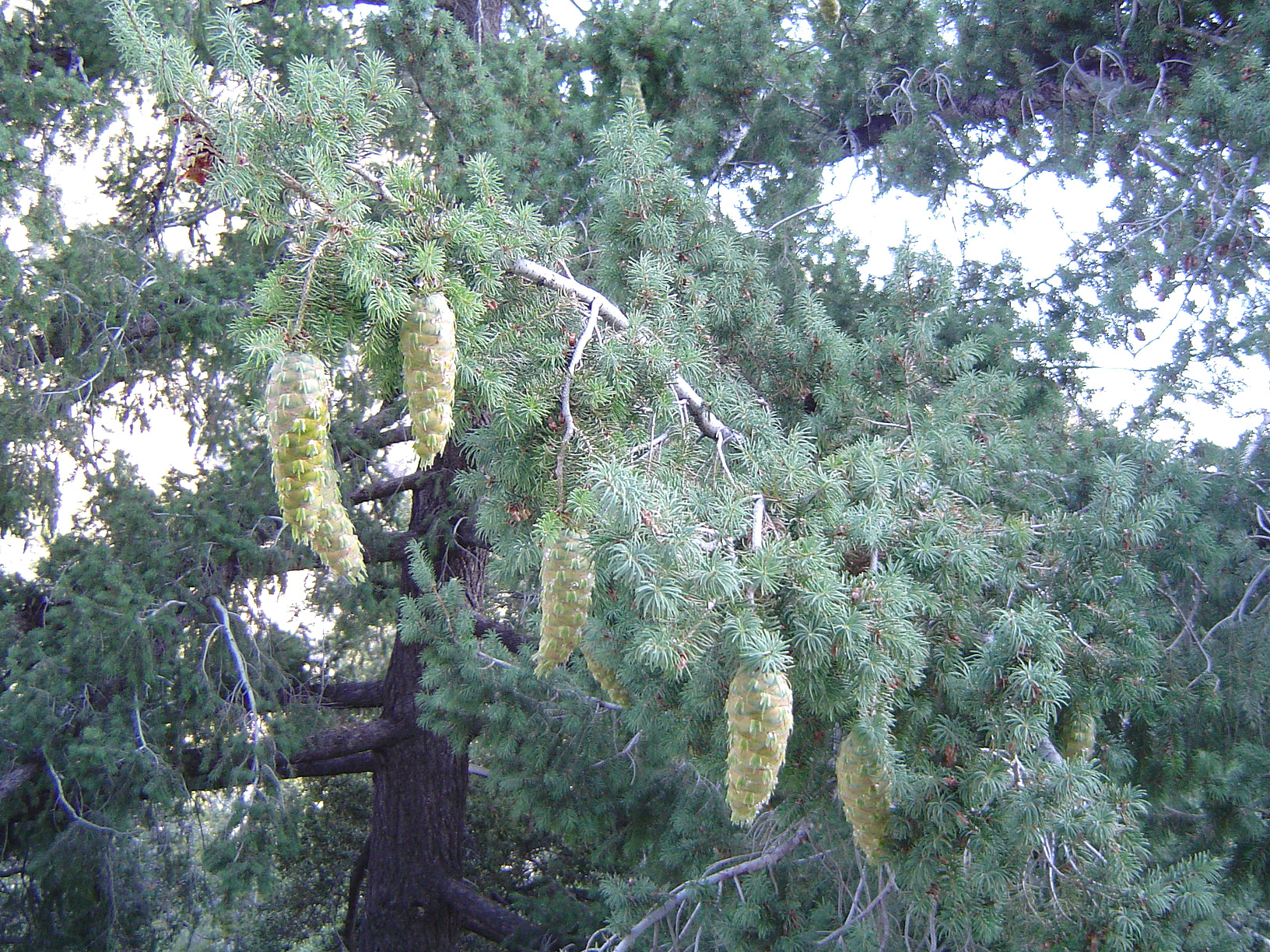When choosing between Douglas fir and pine for your woodworking or construction projects, it's essential to consider their unique properties and benefits.

Pine is a versatile softwood known for its aesthetic appeal and ease of workability.

| Common Uses | Details |
|---|---|
| Furniture | Popular for rustic and country-style furniture due to its aesthetic charm. |
| Interior Trim | Used for moldings, paneling, and decorative trim owing to its attractive grain patterns. |
| Cabinetry | Ideal for cabinets when a warm and cozy look is desired. |
| Decking | Usable for deck construction with proper treatment and maintenance. |
| Structural Components | Sometimes used in residential construction for framing in budget-conscious projects. |
Fir, particularly Douglas fir, is celebrated for its strength and durability, making it a reliable choice for various applications. To learn more about its botanical aspects, refer to this resource on Pseudotsuga menziesii.

| Common Uses | Details |
|---|---|
| Structural Framing | Commonly used for framing houses, roof trusses, and engineered wood products like laminated veneer lumber (LVL). |
| Plywood Production | Main wood for plywood, vital to the construction industry. |
| Outdoor Applications | Suitable for projects like siding and trim due to its stability and warp resistance. |
| Painted Surfaces | Its smooth surface is excellent for painted applications, both indoors and outdoors. |

Comparatively, Douglas fir and Eastern white pine have been observed to have these differences: Douglas fir features a natural amber hue, higher hardness rating (660 lb-ft compared to 420 lb-ft for pine), and better moisture resistance. Such attributes make Douglas fir a preferred choice for many structural and outdoor projects where durability and stability are priorities. For those interested in further examining practical applications, the use of nails instead of screws in framing could also be an essential consideration.


Immerse yourself in architecture’s most boundary-pushing ideas—where innovative home improvements meet visionary urban developments. Discover new building techniques, materials, and creative concepts that are redefining how we shape our spaces on a global scale.